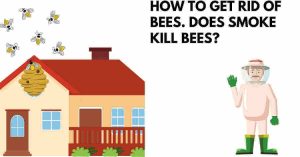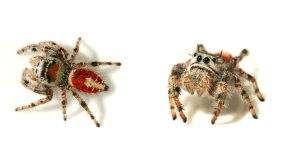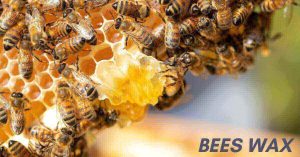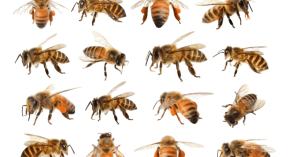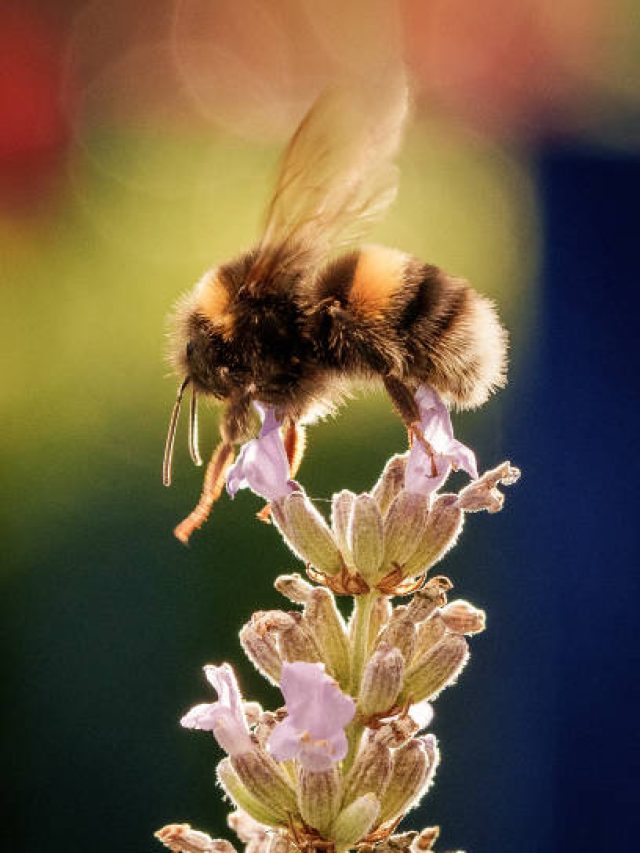.
Bees, a diverse and fascinating group of insects, play a vital role in ecosystems worldwide. With over 20,000 identified bee species, they belong to the family Apidae and are known for their crucial role in pollination, which is essential for the reproduction of many flowering plants.
About Beesstyle
Bees website is a platform designed to connect beekeepers and bee enthusiasts with the latest news, resources, and research about bees. We strive to provide the most up-to-date information about bees and their importance in our environment, as well as tools to help people learn more about them. We believe that by educating ourselves about bees, we can help protect them from extinction and ensure their continued survival. Our website is a great place for anyone interested in learning more about bees or getting involved in the community of beekeepers.
Bees are essential to the health of our planet, and websites are an important tool for connecting with the public and providing information about our pollinators. With a website, beekeepers can share their stories, promote their products, and educate people about the importance of bees. A website also provides an opportunity to connect with other beekeepers and organizations that are working to protect bees and their habitats. With the right website design, beekeepers can create an engaging online experience that will attract more people to their cause and help them reach a wider audience.
Featured Articles
We’re glad that you’re here
Bees website is a platform designed to connect beekeepers and bee enthusiasts with the latest news, resources, and research about bees.
Bees are essential to the health of our planet, and websites are an important tool for connecting with the public and providing information about our pollinators.
World of Bees: Species of bees
In the vast realm of the animal kingdom, one tiny creature stands out for its incredible significance – bees. These remarkable insects, often underestimated, play a pivotal role in our ecosystem and our lives. From the delicate fluttering of their wings to the intricate dance they perform, bees are captivating creatures that deserve our attention.
List of Bee Species
- Apis mellifera (European honey bee)
- Bombus terrestris (Buff-tailed bumblebee)
- Xylocopa violacea (Violet carpenter bee)
- Megachile rotundata (Leafcutter bee)
- Halictus spp. (Sweat bee)
- Anthophora spp. (Mining bee)
- Osmia spp. (Mason bee)
- Eucera spp. (Long-horned bee)
- Melipona spp. (Stingless bee)
- Centris spp. (Centris bee)
- Andrena spp. (Mining bee)
- Colletes spp. (Plasterer bee)
- Nomia spp. (Mason bee)
- Amegilla spp. (Blue-banded bee)
- Euglossa spp. (Orchid bee)
The Dance of Life: Bee Communication Unveiled
Ever heard of bees communicating through dance? It might sound like something out of a fairy tale, but it’s very real. Bees possess an astonishing ability to convey information about food sources to their hive mates through a complex dance language. This is how they share details about direction, distance, and quality of the nectar or pollen they’ve found. Scientists call it the “waggle dance,” and it’s like their own version of GPS coordinates encoded in graceful wiggles.
A Hive’s Social Symphony
Inside the bustling bee hive, there’s a well-organized social structure that rivals even the most sophisticated human societies. Each bee has a role to play, and they execute their tasks with utmost precision. The queen bee reigns supreme, laying eggs to ensure the colony’s survival. Drones exist solely for mating purposes, while worker bees, the true heroines, perform various duties like nursing, guarding, and foraging. It’s a harmonious symphony of cooperation that keeps the hive thriving.
Bees and Pollination Magic
Bees wear yet another hat, or rather, set of fuzzy legs – that of pollinators. Their quest for nectar inadvertently leads to the pollination of flowers, a process vital for plant reproduction. Picture a bee diving into a flower’s depths, collecting nectar for honey while unintentionally dusting pollen onto its body and transferring it to the next bloom. This unintentional “magic trick” fertilizes the plants and allows them to bear fruit or seeds. It’s estimated that one-third of the food we consume relies on pollinators like bees. That morning toast with jam? Thank a bee!
The Waggle Dance of Life
Imagine being a bee returning to the hive after a successful foraging mission. How do you convey the exact location of that amazing patch of flowers you just found? Well, the waggle dance we mentioned earlier is your answer. This intricate dance not only shares information about the direction and distance of the food source but also considers the sun’s position. Essentially, bees use the sun as a compass and communicate through their dance to guide their fellow workers to the treasure trove of nectar.
Beekeeping: A Dance of Harmony Between Humans and Bees
Humans have recognized the vital role of bees for centuries, leading to the practice of beekeeping. It’s a dance of harmony where humans provide shelter, and bees reward with honey. Beekeepers carefully tend to their hives, recipes ensuring the well-being of these precious pollinators. The honey produced isn’t just a delectable treat; it’s also known for its numerous health benefits. From soothing sore throats to providing antioxidants, honey is nature’s golden elixir.
The Resilience of Bees: Nature’s Small Wonders
Amidst the challenges they face, bees exhibit a remarkable resilience that echoes throughout nature. Some species have developed unique adaptations to survive in their changing environments. Bumblebees, for instance, use their strong muscles to “buzz” at specific frequencies, releasing pollen from flowers like a secret handshake between bee and bloom. letras diferentes
FAQS
The lifespan of a bee varies among species but is typically a few weeks to several months.
Bees make honey by collecting nectar from flowers, which they then store in their honey stomach. Enzymes in the stomach break down the nectar, which is then regurgitated and evaporated in the hive to become honey.
Bees are important for the environment as pollinators, helping plants reproduce by transferring pollen between flowers, which allows them to produce fruits and seeds.
The purpose of a bee’s stinger is for defense. It can be used to inject venom into threats, including predators or perceived dangers.
Bees communicate in the hive through dances and pheromones. The famous “waggle dance” conveys information about the location of food sources.
Bees prefer flowers with vibrant colors, particularly blues, purples, whites, and yellows.
No, not all bees are social insects. Some, like solitary bees, live and raise their offspring independently.
Bees can fly at speeds of around 15 to 20 miles per hour (24 to 32 kilometers per hour).
Honeybees are smaller and have barbed stingers, while bumblebees are larger and have smoother stingers. Their behaviors and nesting habits also differ.
Bees are facing challenges like habitat loss, pesticide exposure, disease, and climate change, leading to declines in populations.
Yes, bees can see colors and can even perceive ultraviolet light, which helps them locate nectar guides on flowers.
You can purchase a Honey Bee Cozy Beehive Wrap from various online marketplaces or specialty beekeeping supply stores.
No, only female worker bees in a colony are responsible for making honey.
It is recommended to contact a licensed pest control professional to safely and legally remove honey bee colonies, as they are important pollinators and protected in many areas.
Honey is produced by bees from nectar collected from flowers.
Bees collect nectar from flowers using their proboscis (long mouthpart) and store it in their honey stomachs. Inside the hive, they regurgitate and evaporate the nectar, transforming it into honey. The honey is then stored in cells and capped with beeswax to preserve it.
It takes bees about 20 days to transform nectar into honey.
This slang phrase means being the most successful or productive in a given context.
Honeybees are small insects with a yellow and black striped body. They have six legs and two pairs of wings.
To draw a honey bee, first sketch an oval for the body and a smaller oval for the head. Add antennae, wings, and legs. Then, color it yellow with black stripes.
Bees have been around for approximately 100 million years.

